The Biological Mechanisms of Animal Reproduction
Introduction
Animal reproduction is a complex and fascinating area of biology that encompasses a wide range of mechanisms and strategies. These mechanisms are employed by different species to ensure their survival and continuation. This article delves into the biological mechanisms of animal reproduction, exploring the intricate processes that take place in various animal species.
Sexual Reproduction
Sexual reproduction is the most common form of reproduction in animals. It involves the combination of genetic material from two parent organisms to create offspring that are genetically distinct from both parents. This process begins with the production of gametes, or sex cells, through a process known as meiosis.
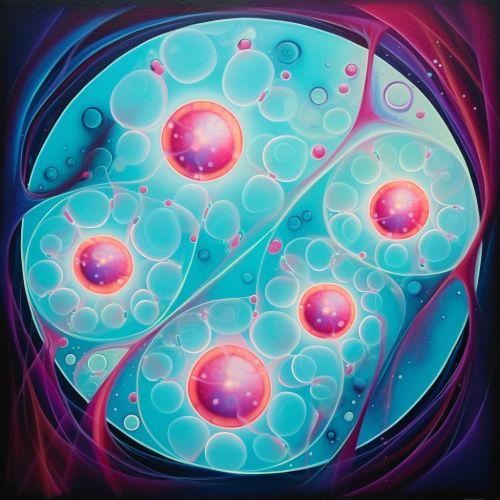
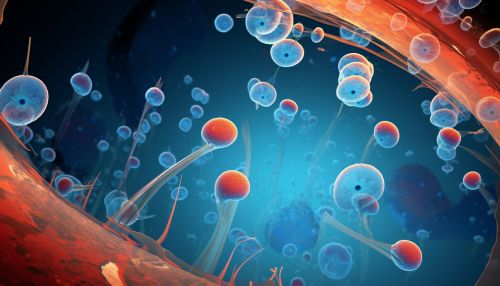
Meiosis
Meiosis is a type of cell division that results in four daughter cells, each with half the number of chromosomes of the parent cell. This reduction in chromosome number is crucial for sexual reproduction, as it allows the offspring to have the correct number of chromosomes when the gametes from the two parents combine.
Fertilization
Fertilization is the process by which the male and female gametes combine to form a zygote. This process can occur either internally or externally, depending on the species. In internal fertilization, the male deposits sperm inside the female's body, where it meets the egg. In external fertilization, both the sperm and eggs are released into the environment, and fertilization occurs outside the body.
Asexual Reproduction
Asexual reproduction is a form of reproduction where an organism can reproduce and create offspring without the involvement of another organism. This is less common in animals than sexual reproduction, but it is still employed by a variety of species, particularly among invertebrates.
Budding
Budding is a form of asexual reproduction where a new organism develops from an outgrowth, or bud, due to cell division at one particular site. The new organism remains attached as it grows, separating from the parent organism only when it is mature.
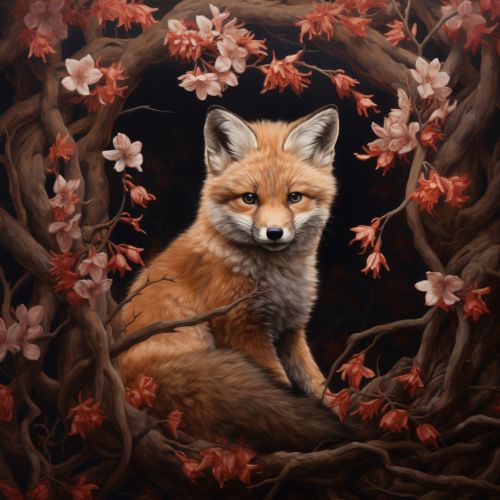
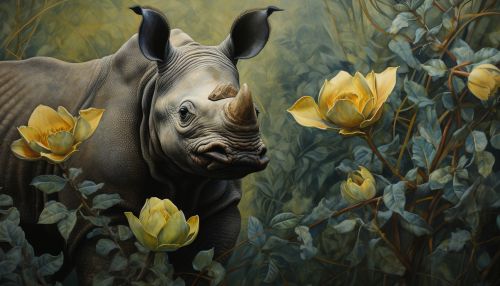
Fragmentation
Fragmentation, also known as splitting, is another form of asexual reproduction. In this process, an organism splits into fragments, and each of these fragments develop into mature, fully grown individuals.
Hermaphroditism
Hermaphroditism is a reproductive strategy where an individual organism possesses both male and female reproductive organs. This allows the organism to produce both sperm and eggs, and in some cases, self-fertilize.
Parthenogenesis
Parthenogenesis is a form of asexual reproduction where an egg develops into a complete individual without the need for fertilization by a male. This is a relatively rare reproductive strategy in the animal kingdom, but it is found in certain species of insects, fish, and reptiles.
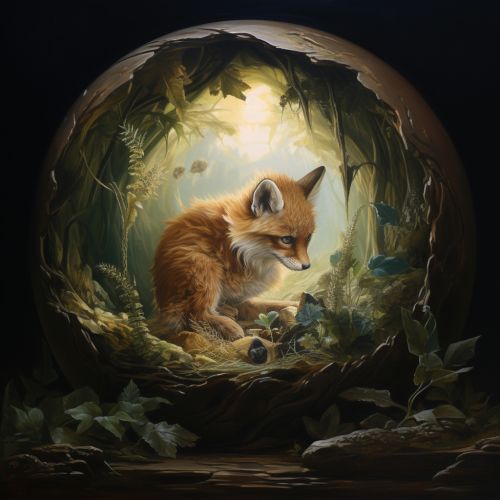
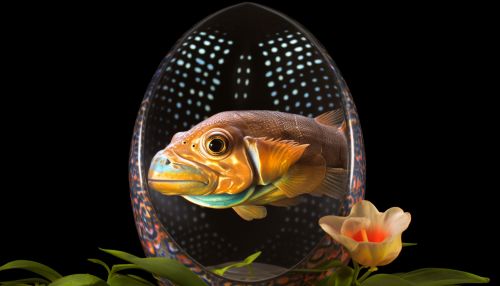
Conclusion
The biological mechanisms of animal reproduction are diverse and complex, reflecting the wide range of strategies that different species employ to ensure their survival. From sexual and asexual reproduction to hermaphroditism and parthenogenesis, these mechanisms are a testament to the remarkable adaptability and diversity of life on Earth.
